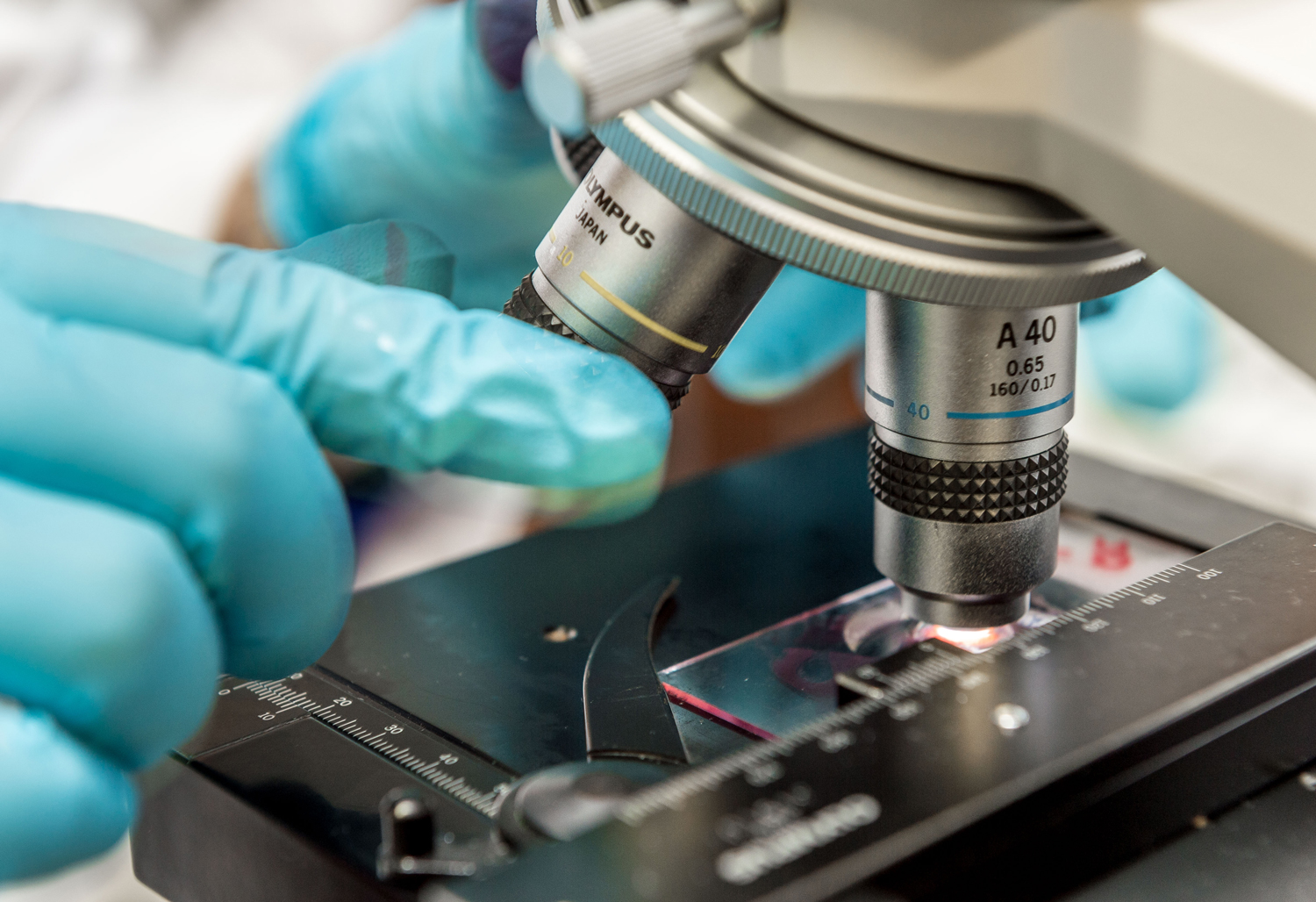- 2xas many female graduates with STEM degrees compare to national average
- Top 25%of baccalaureate institutions for graduates who go on to earn research doctorates
- 97%of graduates say Saint Mary's has contributed to their ability to do research

Saint Mary’s women excel in the science, technology, engineering, and mathematics fields. That’s because with a well-rounded liberal arts education, Saint Mary’s STEM majors gain a broader perspective of the issues facing them, allowing for deeper insights and the ability to consider several points of view. The liberal arts component of a STEM education produces women who are also exceptionally skilled in writing and speaking, which means you’ll often find Saint Mary’s alumnae earning an average of $20,000 more in their first jobs and quickly taking on leadership and management positions.
 As a Saint Mary’s STEM student, you will thrive in the small class environment, gaining the confidence to actively participate, ask questions, and challenge ideas. You will interact directly and frequently with professors who value your point of view and respect your contributions. And you will discover that Saint Mary’s women are more likely than other female students to confidently engage with their male peers in educational and work settings.
As a Saint Mary’s STEM student, you will thrive in the small class environment, gaining the confidence to actively participate, ask questions, and challenge ideas. You will interact directly and frequently with professors who value your point of view and respect your contributions. And you will discover that Saint Mary’s women are more likely than other female students to confidently engage with their male peers in educational and work settings.
Through a partnership with the adjacent University of Notre Dame, you will also have the opportunity to earn an accelerated dual degree in engineering. This unique program allows students at Saint Mary’s to earn a degree of their choice from us in four years while earning an engineering degree from Notre Dame in the fifth year.
In a world with a shortage of women in STEM fields, the number of Saint Mary’s students who graduate with a STEM degree is double that of women at other colleges nationwide.
Saint Mary’s…where traditional limitations are obsolete.
STEM Programs
Student Research Projects
Research into effects of climate change on birds
In summer 2016, Kathryn Marshall '17 and assistant professor of biology Joel Ralston conducted field research in Wisconsin and the Upper Peninsula of Michigan to look at the effects of climate change on boreal forest birds. The pair took blood samples from the birds and then genetically analyzed those samples in the fall. The analysis was used to determine if and how changes in climate are impacting the genetic diversity of this species across the country.



